Accounting fraud can cost businesses millions and lead to legal troubles. If you're acquiring a company, here's how to protect yourself:
- Check Revenue: Look for sudden spikes, mismatches in sales and shipping, or revenue growth that doesn’t match cash flow. Common tricks include channel stuffing, early revenue recognition, or fake sales.
- Review Expenses: Watch for understated costs, hidden liabilities, or unusual changes in depreciation methods. Red flags include unexplained profit margin improvements or delayed expense recognition.
- Inspect the Balance Sheet: Focus on inflated assets, hidden debts, or suspicious equity adjustments. Look for inconsistent inventory turnover or unexplained asset growth.
- Analyze Financial Ratios: Compare profitability, efficiency, and liquidity ratios to industry benchmarks. Big deviations could signal manipulation.
- Monitor Cash Flow vs. Income: If income rises but cash flow drops, investigate further. Watch for mismatches in working capital or large non-cash adjustments.
- Use Technology: Tools like AI-powered analytics can help detect fraud patterns and inconsistencies faster.
How to Identify Financial Statement Fraud
Common Areas of Accounting Fraud
When investigating accounting fraud, it's crucial to focus on high-risk areas. Here's a breakdown of common fraud methods and the signs to watch for.
Revenue Fraud Methods
Companies often manipulate revenue figures to appear more profitable. Here are some common tactics:
- Channel Stuffing: Sending excessive inventory to distributors and counting it as sales.
- Bill and Hold Schemes: Recording revenue before delivering the actual product.
- Circular Transactions: Creating fake sales through mutual agreements with other businesses.
- Early Revenue Recognition: Logging future or incomplete sales in the current period.
Red flags to monitor:
- Sudden revenue spikes near reporting deadlines.
- Revenue growth that doesn’t match cash flow increases.
- Mismatches between sales and shipping records.
- A rise in days sales outstanding (DSO).
Expense Fraud Tactics
Manipulating expenses is another common way to distort financial results. This often involves understating costs or misclassifying them. Typical methods include:
- Expense Capitalization: Recording operating expenses as assets to boost current earnings.
- Period Shifting: Pushing current expenses into future periods.
- Hidden Liabilities: Omitting expenses or moving them off the balance sheet.
- Improper Cost Allocation: Misclassifying expenses to alter profit margins.
Warning signs:
- Unexplained improvements in operating margins.
- Changes in depreciation methods.
- Capitalization practices that differ from industry norms.
- Delays in recognizing expenses.
Beyond revenue and expense manipulation, fraudulent balance sheet adjustments can also misrepresent a company’s financial health.
Balance Sheet Fraud
Balance sheet manipulation adjusts financial positions to appear stronger than they are. Here’s a closer look:
| Fraud Type | Common Methods | Red Flags |
|---|---|---|
| Asset Inflation | Overstating inventory values Fictitious assets Manipulating asset valuations |
Asset growth without business expansion Inconsistent inventory turnover Suspicious asset revaluations |
| Liability Concealment | Off-balance-sheet financing Understating debt Misclassifying long-term debt |
Complex financing arrangements Unusually favorable debt ratios Related-party transactions that raise questions |
| Equity Manipulation | Backdating stock options Misusing reserve accounts Misleading shareholder equity entries |
Frequent changes in accounting policies Unexplained equity adjustments Complicated ownership structures |
When reviewing balance sheets, focus on these areas:
- Asset Quality: Check for inflated valuations or nonexistent assets.
- Liability Completeness: Ensure all debts and obligations are accurately recorded.
- Equity Accuracy: Verify ownership claims and the legitimacy of reserves.
Signs of Potential Fraud
Once high-risk areas are identified, certain indicators can help uncover unusual activities.
Financial Ratio Analysis
Financial ratios can act as an early warning system for detecting irregularities. Here are some key metrics to monitor:
| Ratio Category | Key Indicators | Warning Signs |
|---|---|---|
| Profitability | Gross margin trends Operating margin Net profit margin |
Unexpected improvements without operational changes Margins exceeding industry averages Inconsistent profit growth patterns |
| Efficiency | Asset turnover Inventory turnover Days sales outstanding |
Sudden shifts in turnover rates Inventory levels misaligned with sales trends Longer collection periods |
| Liquidity | Current ratio Quick ratio Working capital |
Ratios outside industry norms Unexplained boosts in working capital Disproportionate growth in cash versus receivables |
Pay close attention to ratios that stray far from industry averages or show unexpected improvements without clear business reasons. These outliers often signal the need to dig deeper into accounting practices.
Accounting Policy Changes
Certain shifts in accounting policies can raise red flags:
- Timing of Changes: Adjustments made close to financial reporting deadlines or other critical events.
- Increased Complexity: Moving from straightforward accounting methods to more intricate ones without a clear reason.
- Selective Application: Inconsistent use of accounting policies across similar transactions.
- Documentation Gaps: Missing or insufficient explanations for policy changes.
Examples that merit further review include changes in revenue recognition methods, updates to depreciation schedules, shifts in inventory valuation, or revisions to capitalization policies. These adjustments can often lead to mismatches in cash flow and reported income.
Cash Flow vs. Income Discrepancies
Comparing cash flow and reported income can highlight inconsistencies:
-
Operating Cash Flow Mismatches
If net income rises while operating cash flow declines, it could signal revenue inflation or hidden expenses. Reviewing quarterly trends can help identify these issues. -
Working Capital Anomalies
Watch for unusual shifts in working capital, such as receivables growing faster than sales, inventory levels not aligning with business activity, or declining payables during a period of growth. -
Non-Cash Adjustments
Look closely at large non-cash adjustments in the cash flow statement, such as asset write-downs, complex fair value changes, or significant revisions in estimates or reserves.
When profit growth and cash flow diverge sharply, it often points to potential manipulation that requires further investigation.
sbb-itb-a3ef7c1
Fraud Detection Methods
Once potential red flags are spotted, use these techniques to confirm your findings.
Financial Statement Analysis
Start by thoroughly reviewing financial statements for inconsistencies.
Horizontal Analysis
Compare data across periods to spot unusual trends:
- Revenue growth patterns that don't align quarter-over-quarter
- Changes in cost of goods sold (COGS) that seem disproportionate to revenue
- Sudden increases or decreases in operating expenses
- Unexplained shifts in profit margins
Vertical Analysis
Analyze each line item as a percentage of revenue or assets:
- Gross margins that fall outside industry benchmarks
- Operating expenses that deviate from historical ratios
- Unexpected changes in the composition of assets or liabilities
Cross-Statement Reconciliation
Check for consistency across financial statements:
- Ensure revenue trends align with accounts receivable growth
- Verify inventory levels match the reported cost of goods sold
- Cross-check depreciation entries between the income statement and cash flow statement
Statistical Fraud Detection
Use Benford's Law to identify irregularities in numerical data. This principle predicts the natural distribution of first digits in legitimate datasets:
| First Digit | Expected Frequency |
|---|---|
| 1 | 30.1% |
| 2 | 17.6% |
| 3 | 12.5% |
| 4 | 9.7% |
| 5 | 7.9% |
| 6 | 6.7% |
| 7 | 5.8% |
| 8 | 5.1% |
| 9 | 4.6% |
Focus on areas like:
- Transaction amounts
- Invoice numbers
- Payment records
- Journal entries
Anomalies in these distributions could signal data manipulation.
Digital Fraud Detection
Leverage technology to uncover fraudulent activities.
Data Analytics Tools
- Algorithms that detect unusual transaction patterns
- Automated systems that reconcile entries across accounts
- Software designed to flag irregular activities
Digital Document Analysis
- Examine PDF metadata for unauthorized changes
- Verify electronic signatures for authenticity
- Analyze file timestamps to catch backdating
Transaction Testing
- Sample high-risk transactions using automated tools
- Review digital audit trails for inconsistencies
- Use electronic systems to verify payment authenticity
Keep detailed records of your findings and methods. Proper documentation can serve as an essential audit trail if fraud is confirmed.
Due Diligence Checklist
Required Financial Documents
Gather these financial records to start your review:
Core Financial Statements
- Financial statements covering the past 5 years
- Monthly trial balances with detailed ledgers
- Bank statements paired with reconciliations
- Tax returns along with supporting schedules
- Aging reports for accounts receivable and payable
Supporting Documentation
- Sales contracts and agreements with customers
- Vendor contracts and purchase orders
- Employee compensation details
- Fixed asset registers, including depreciation data
- Inventory records and valuation methods
Internal Controls
- Manuals for accounting policies and procedures
- Reports from internal audits
- Findings from external audits
- Details on accounting system controls
- List of authorized signatories and approval limits
These documents are essential for identifying areas that may need deeper analysis.
Management Interview Guide
Use these questions to gain insights from management:
Revenue Recognition Questions
- How is revenue recognition determined?
- What happens with customer deposits and advance payments?
- What portion of revenue involves related party transactions?
- How are sales returns and allowances managed?
- How are commission structures set up and verified?
Expense and Asset Questions
- What controls are in place for approving and processing expenses?
- How are fixed asset purchases authorized and tracked?
- Can you explain the inventory valuation method?
- What is the procedure for writing off bad debt?
- How are related party transactions documented and approved?
Professional Support Options
If your internal review uncovers major inconsistencies, think about bringing in external experts:
Forensic Accounting Services
- To analyze transactions in detail
- For investigating suspected fraud cases
- When reviewing complex financial setups
- For litigation support
- To provide expert witness testimony if required
Technology and Platform Support
- Tools for digital forensics
- Data analytics software
- Systems for managing documents
- Secure platforms for communication
- Software for recognizing patterns
Legal and Regulatory Support
- Specialists in securities law
- Advisors on industry-specific regulations
- Experts in international transactions
- Consultants on corporate governance
- Professionals in fraud investigations
Next Steps
After identifying potential fraud indicators, here’s how you can protect your investment:
Set Up a Secure Due Diligence Process
Make sure the environment for document sharing and review is secure. Platforms like Clearly Acquired offer features like data rooms and automated NDA tools to ensure confidentiality during financial reviews [1]. This also creates a clear audit trail for document access and reviews.
Use Digital Tools for Verification
Leverage digital tools to track financial activity and confirm document accuracy. Key features to consider include:
- Tools for analyzing financial trends
- Dashboards to monitor essential metrics
- Secure messaging for communicating with stakeholders
- Systems for verifying user identities
Work Only with Verified Parties
Limit your interactions to verified individuals or entities to reduce the risk of fraud.
Organize Your Document Management
A clear strategy for managing documents is crucial. Here’s a breakdown of the process:
| Phase | Actions | Tools |
|---|---|---|
| Initial Review | Gather core financial documents | Data room access |
| Detailed Analysis | Compare historical records | Analytics dashboard |
| Verification | Cross-check with source files | Document tracking |
| Final Assessment | Create comprehensive reports | Reporting tools |
Collaborate with Professionals
Engage with experienced professionals through secure platforms. These tools simplify the collaboration process while maintaining strict controls [1].













.png)




























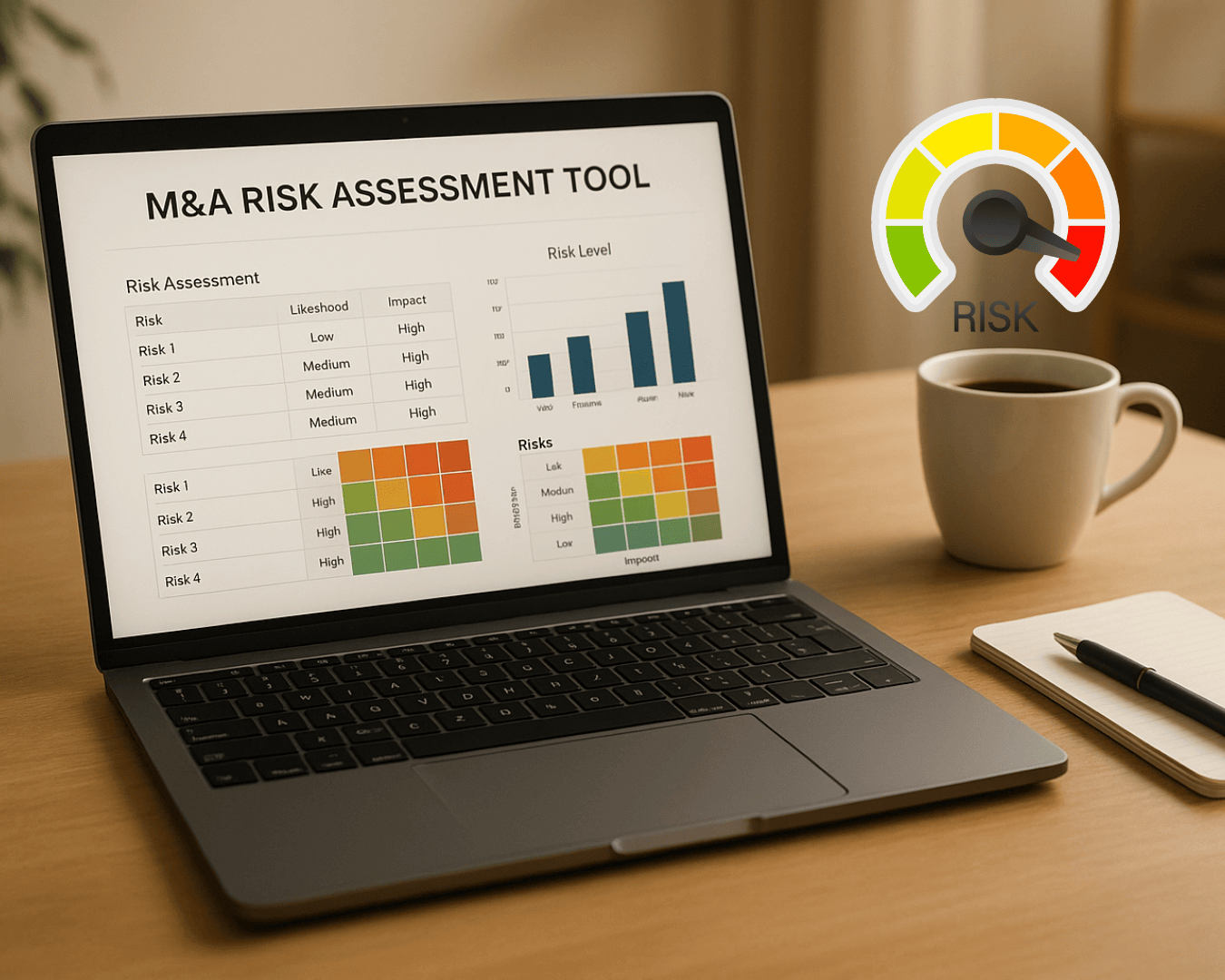


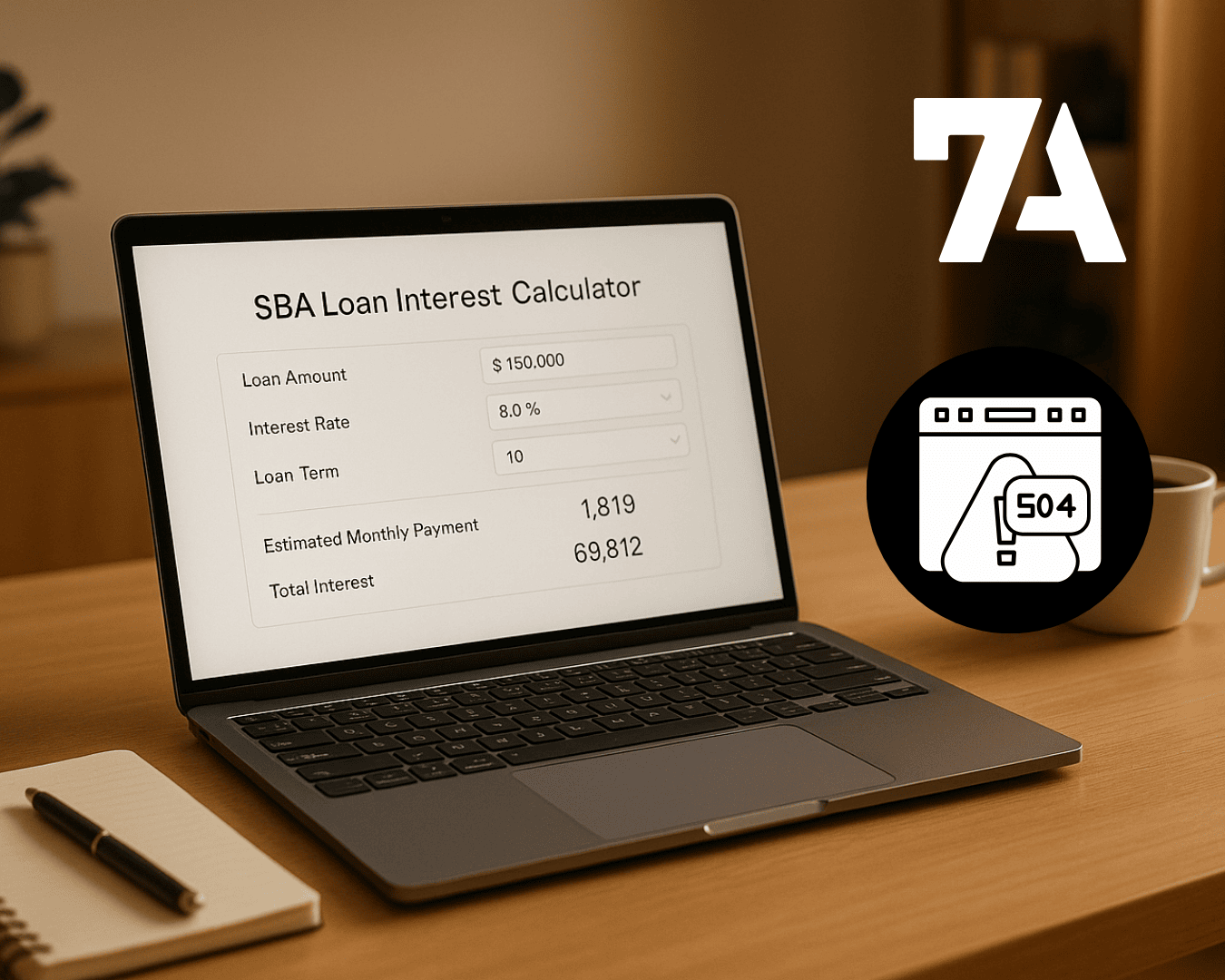








%20Loan%20Application%20Checklist.png)










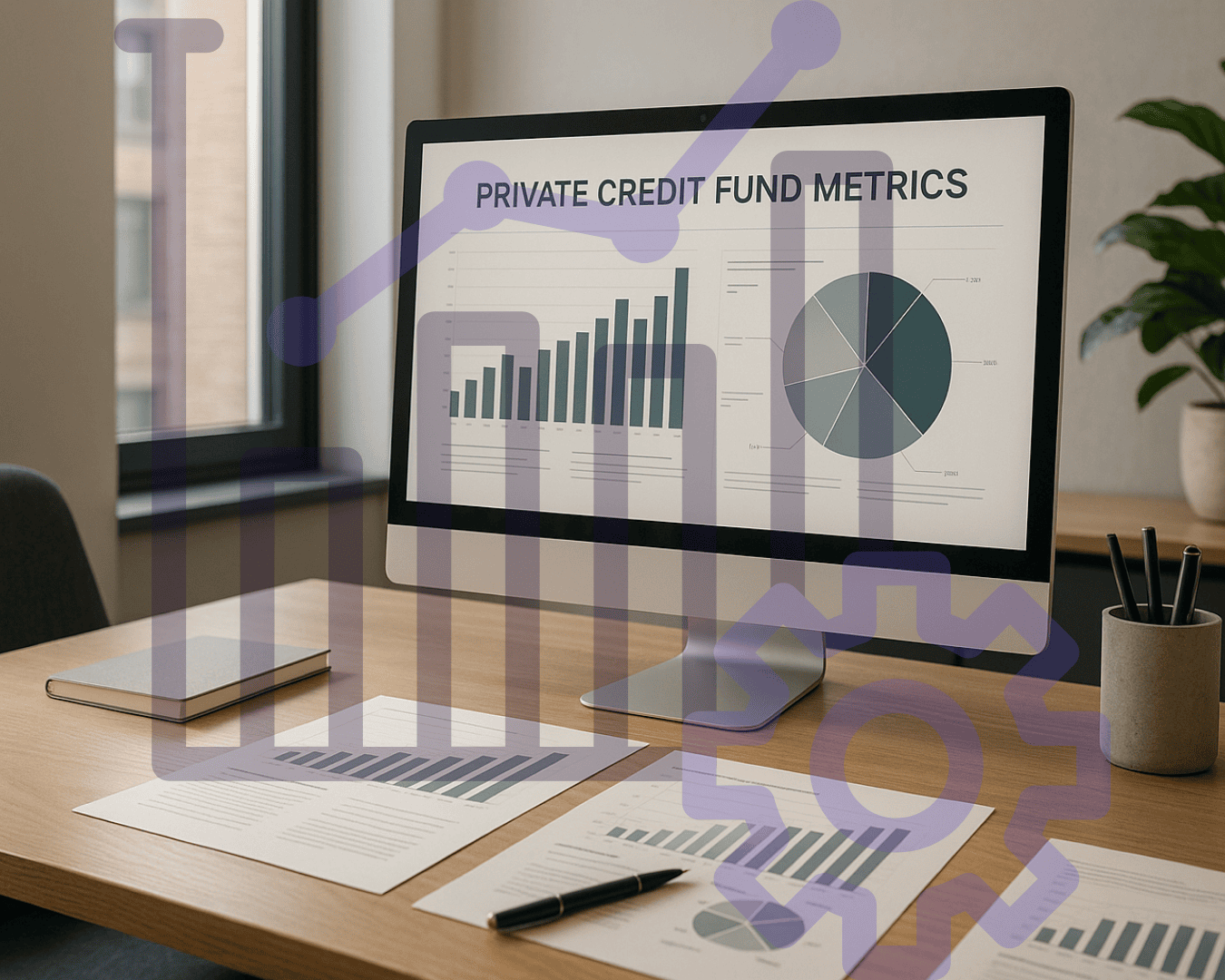






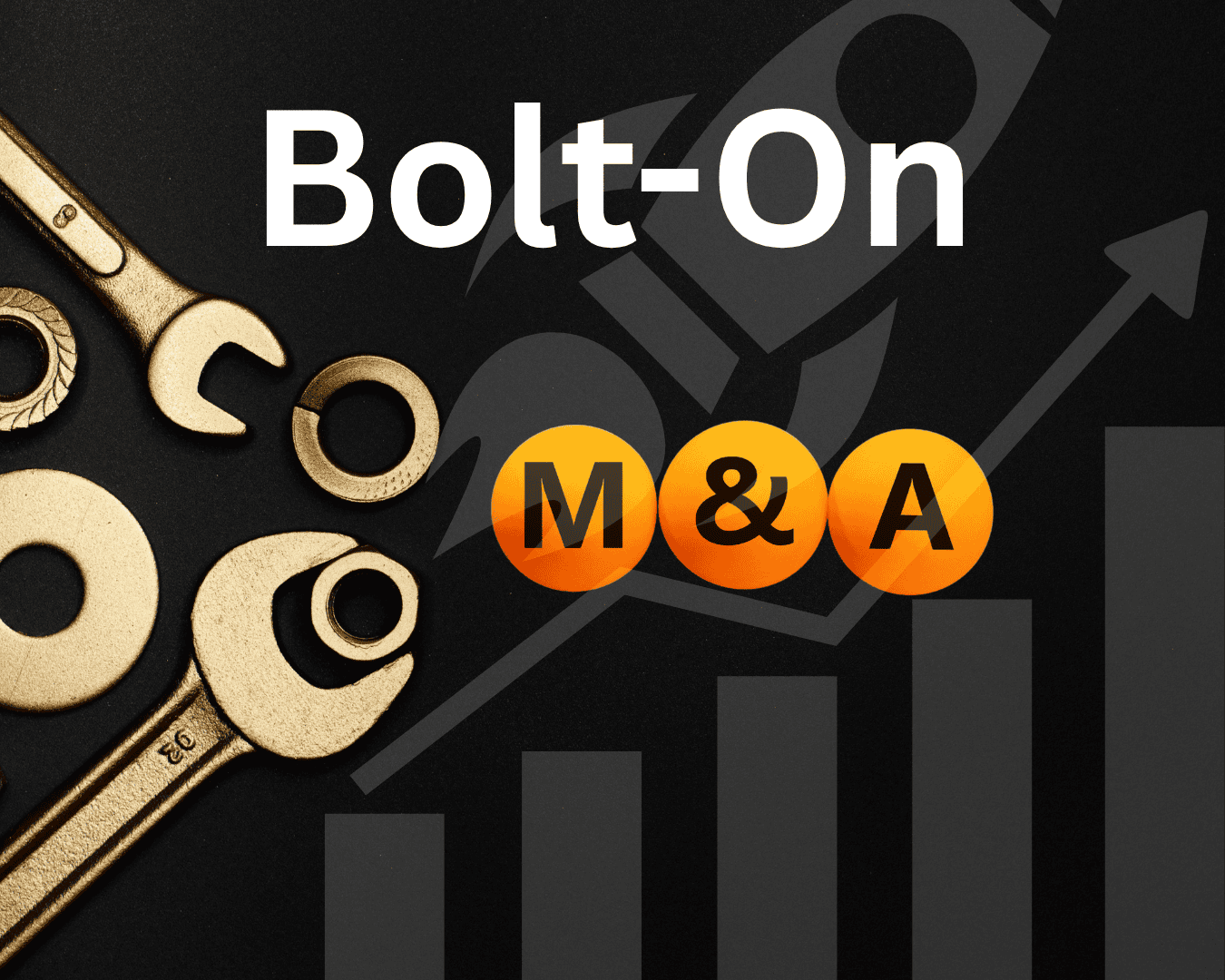










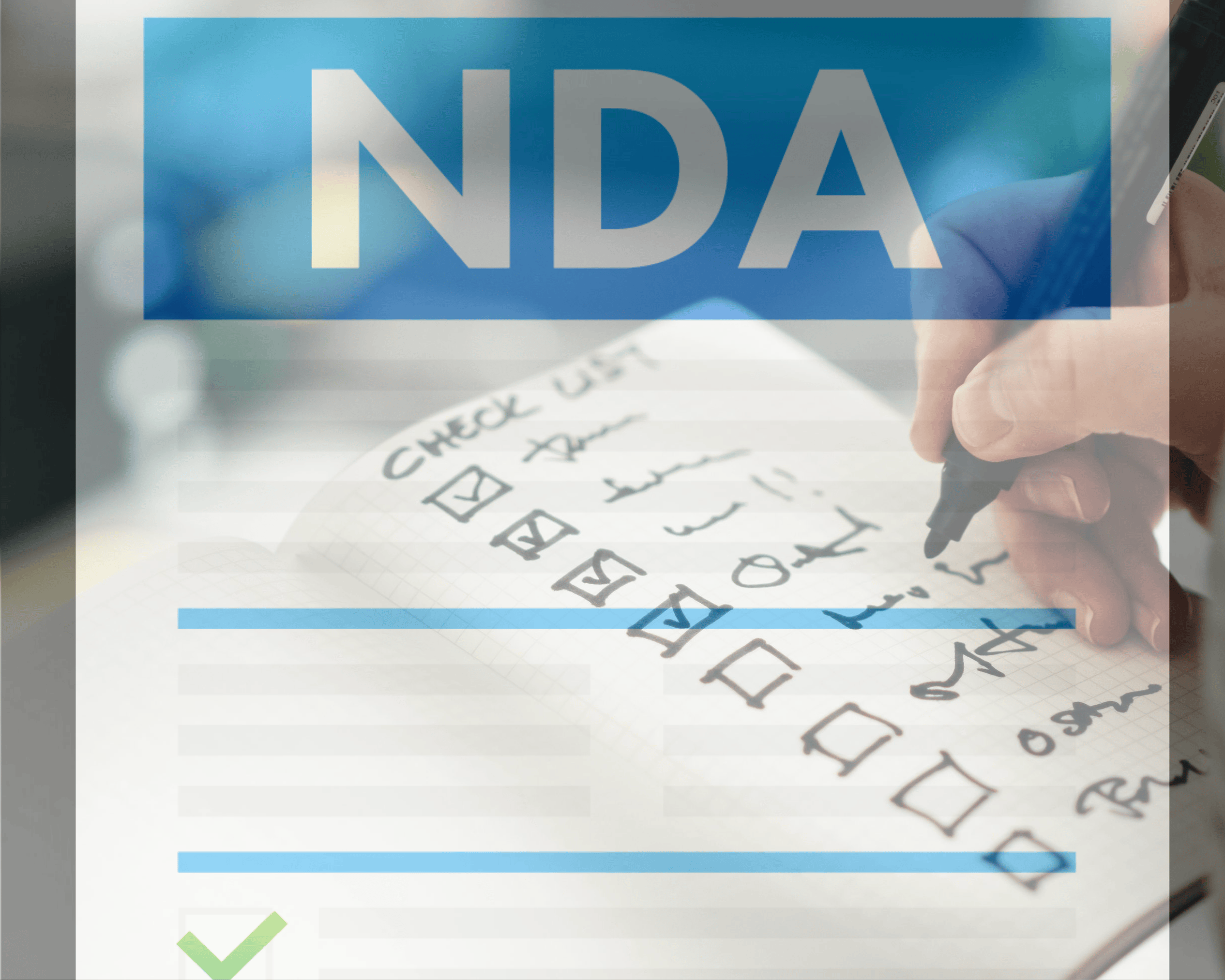

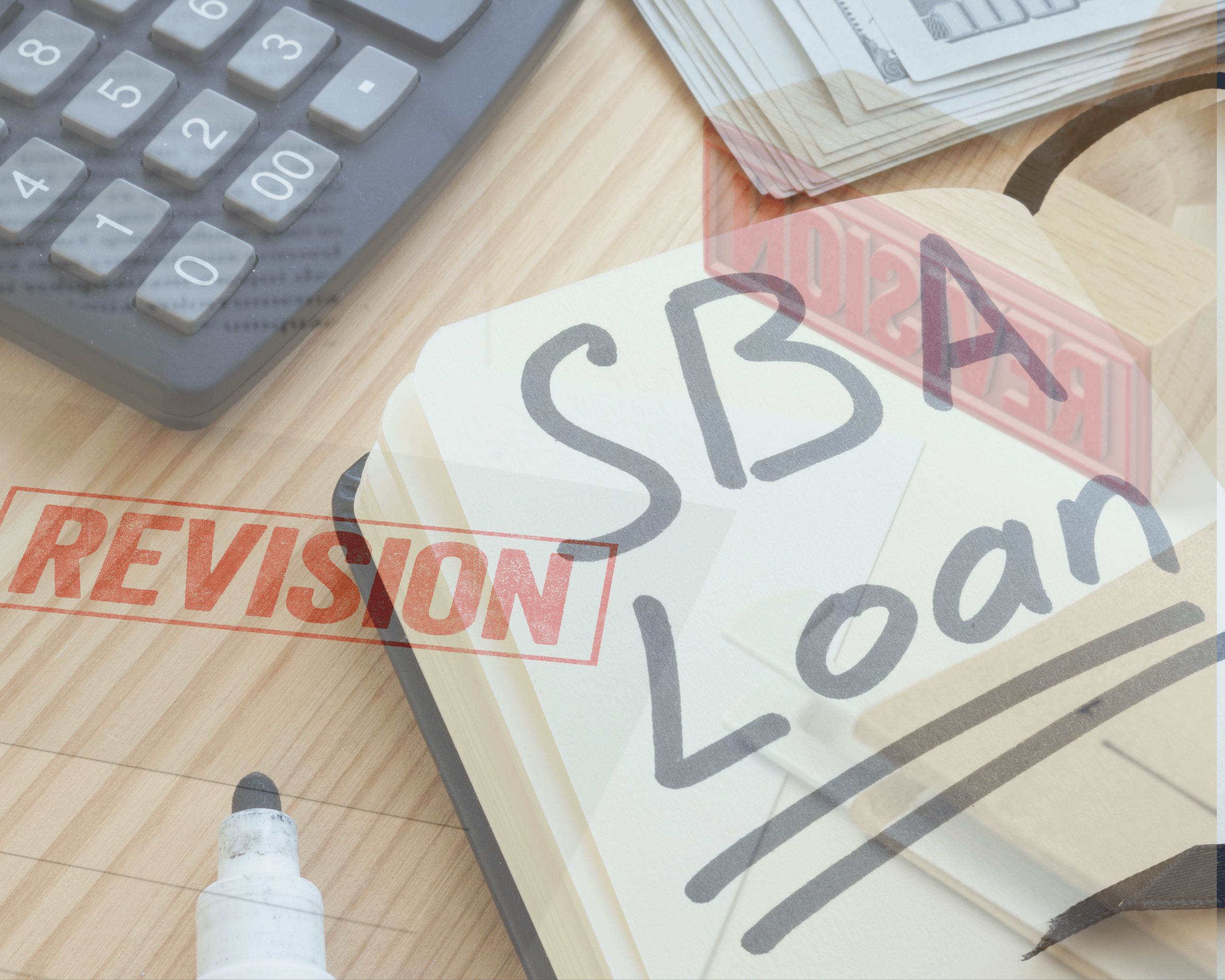








.png)
%20Loans%20%26%20Your%20Buy-Side%20Edge.png)














